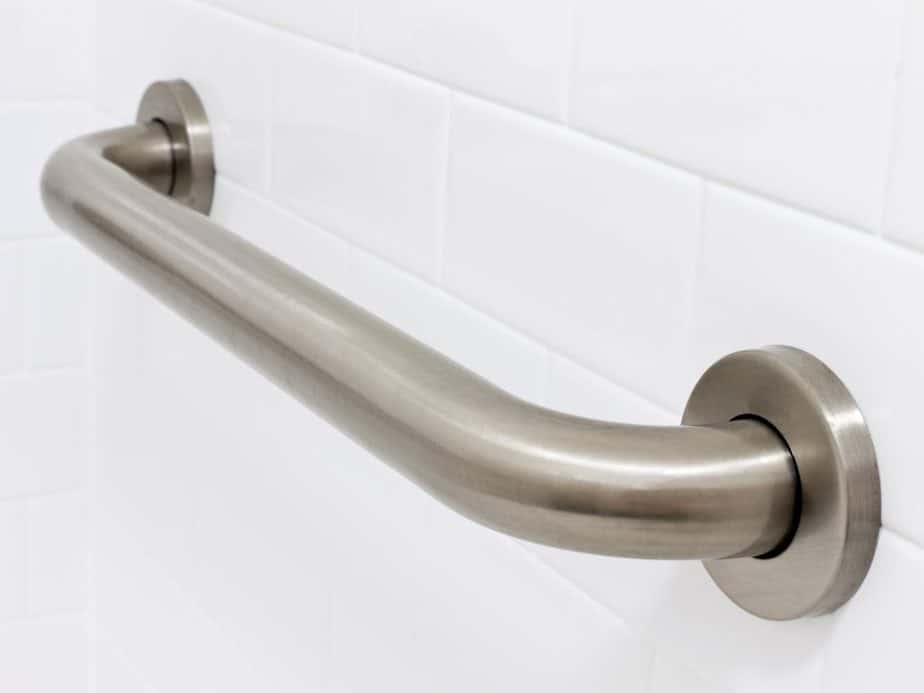Occupational therapists work with patients to achieve one goal: to help patients safely do what they want to do. In most cases, occupational therapists improve patient independence and quality of life by making recommendations for home adaptations that promote safety and success. These recommendations might encompass the way their home is set up, the equipment used to complete activities of daily living, the clothes they wear, and the support system available to them.
Set-up at home
Occupational therapists typically make several suggestions for the patient’s set-up at home, which might include:
- Installation of handrails in the shower, along stairwells, and by the toilet
- Removal of rugs to prevent trips and falls
- Moving the living space to one floor of the house so stairs don’t have to be navigated daily
- Adding home health workers to assist with more challenging tasks
By setting up the home in a way that’s both customized to the patient’s abilities and limitations and conducive to their independence, occupational therapists help patients maintain control over their daily tasks and routines without compromising safety.
Assistant equipment
In many cases, adaptive or assistive equipment is recommended and may include mobility aides like canes, walkers, wheelchairs, lift chairs, grabbers, shower chairs, hospital beds, specialized silverware, shoehorns, and more. In many cases, Medicare covers the cost of medically necessary durable medical equipment.
Clothing changes
Finally, dressing can be much simpler with a few changes to the wardrobe, which might include:
- Button-down shirts instead of over-the-head shirts
- Pants with an elastic waist in lieu of pants with zippers and buttons
- Bras that fasten in the front instead of the back
- Shoes that are sturdy and supportive
Establishing a support system
An occupational therapist also helps the patient identify skills or tasks that they need further assistance with and create a support plan that ensures they have the help they need. These needs are different for each patient, but sometimes include putting on compression socks, showering, cooking, or cleaning. In some cases, family members are able to provide the support needed. In other situations, some level of in-home care is utilized to fill the gaps.
To learn more about the role of an occupational therapist in the empowerment of seniors, contact our experienced team at Santé today!
